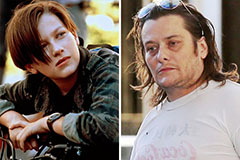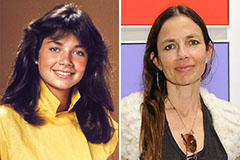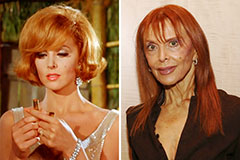Recording remarkable photos of the evening skies calls for mindful preparation. Examining the weather prediction for clear skies is crucial, as is knowing what time the moon rises and sets.
How do you camp in windy conditions?
Start by readjusting your video camera to hand-operated shooting setting. Take several examination shots with various ISO, aperture and shutter speed setups to see what works ideal.
Video camera
A fundamental DSLR electronic camera with a large lens works well for night-sky images, however any type of cam with a huge sensing unit and a hands-on emphasis setting ought to function. The integral part is that the cam can be readied to shoot in RAW format, which enables optimum flexibility when modifying.
Relying on the preferred impact, you may want to take a number of exposures and then merge them in post-processing. This can be valuable if you're shooting both a foreground item (like a lake, tree, lorry or a building) and the night skies and require to expose each at various setups.
You can also explore long-exposure shots that reveal star trails. This can be accomplished by focusing your structure on the North Star and utilizing a shutter rate lasting for numerous minutes. This creates amazing arcs and vortex-like circles of light around your subject. It can be time consuming, yet the results are magnificent!
Lens
One of the most crucial factors in evening sky photography is picking the right lens. A high resolution, broad angle lens will certainly aid you catch as several stars and the moon in your photo as feasible.
You will certainly additionally need a tripod to avoid electronic camera shake throughout long direct exposures. It is likewise recommended to fire in RAW setting, which will certainly give you a lot more latitude in post-processing.
An additional factor is timing. It is best to prepare for when the Milky Way will climb or set depending upon your area. There are numerous apps and sites to aid with this including PhotoPills.
Finally, it is great to have an intriguing foreground in your photo to include deepness and comparison. Using interesting rock formations, buildings and even individuals can include a sense of range to your image and make it more impactful. Your structure must additionally adhere to basic photographic principles, such as the guideline of thirds and discovering top lines.
Shutter Rate
The shutter is the part of your electronic camera that beings in front of the photo sensing unit and opens and closes to record a direct exposure. Its speed affects how much light your picture gets-- the faster it is, the less light gets in.
A slower shutter speed allows a lot more light in, however likewise blurs any movement that happens throughout the direct exposure, which works for catching star trails and various other results such as a long exposure to create a gorgeous night skies.
With the appropriate devices, it's feasible to produce photos that are virtually as intense as daytime and still have the ability to catch vibrant details of the Galaxy and celebrities. For maximum clarity, attempt to obtain as far away from communities and cities as feasible and inspect web sites such as this one for cloud maps and dark skies.
ISO
Picking an ISO setup is an important action in evening sky digital photography. The greater the ISO value, the more sensitive your electronic camera will be to light and the brighter your image will certainly be. Nevertheless, if you go too high, the sound in your image will certainly be as well prominent.
An excellent starting factor is to establish your camera to a reduced ISO of 800, then take an fancy camping tents examination shot. If this picture is as well dark, raise the ISO one quit each time up until you have an appropriate photo.
Foreground shots in evening sky images need much longer direct exposure times than the celebrities, so you'll want to make use of a tripod. To better stabilize your cam, use the remote shutter launch to prevent any trembling caused by pushing the button on your own. Also, keep in mind to keep your lens in Handbook Focus setting. This will assist you to keep the very same focal length throughout your shoot. The Regulation of Thirds is a vital rule for composing evening sky images, helping to equilibrium and unify your pictures.
What kind of heater is safe to use in a tent?

 Edward Furlong Then & Now!
Edward Furlong Then & Now! Yasmine Bleeth Then & Now!
Yasmine Bleeth Then & Now! Lynda Carter Then & Now!
Lynda Carter Then & Now! Justine Bateman Then & Now!
Justine Bateman Then & Now! Tina Louise Then & Now!
Tina Louise Then & Now!